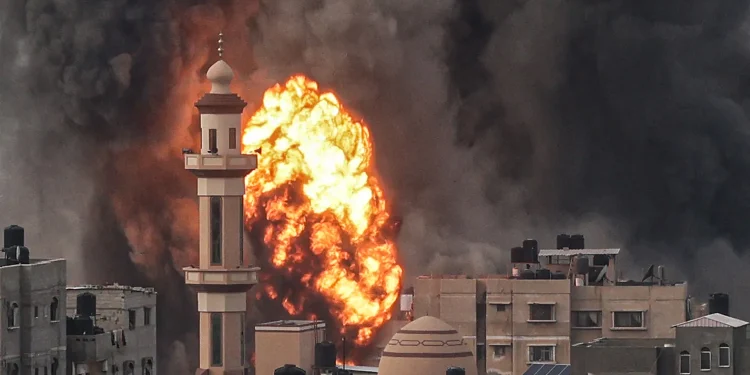Introduction
The Israel-Gaza conflict remains one of the world’s most volatile and emotionally charged confrontations. Following the October 2023 Hamas attacks and Israel’s prolonged military response, the region in 2025 stands on the edge of either fragile peace or renewed peril. Here’s the latest update on the humanitarian, military, and geopolitical fronts.
🔥 Background: How Did We Get Here?
- October 7, 2023: Hamas launched a surprise attack into southern Israel, killing over 1,200 civilians and soldiers.
- Israel responded with one of the deadliest and most sustained military campaigns in Gaza’s history.
- Over the next 18 months, more than 36,000 Palestinians were reported dead, with devastation across northern and central Gaza.
⚔️ Current Situation in Gaza (June 2025)
- Israeli Forces: Still controlling key buffer zones near the Gaza border and major checkpoints.
- Gaza Strip:
- Northern Gaza remains largely uninhabitable.
- Southern areas (like Rafah) host the majority of displaced Palestinians.
- Infrastructure (water, electricity, hospitals) is in critical condition.
- Hamas Leadership: Severely weakened, with many top leaders killed or in hiding.
- Ceasefire? A Qatar-Egypt-US brokered truce is in place but fragile, with frequent border skirmishes.
🤝 International Diplomatic Efforts
- Qatar, Egypt, and the U.S. have led recent ceasefire negotiations, including hostage swaps and aid corridors.
- UN & Human Rights Groups are pushing for:
- A sustainable two-state solution
- War crimes investigations on both sides
- Arab League: Divided—some countries support normalization with Israel, others back Palestinian resistance.
🧭 Israel’s Position
- Security First: Israel demands the complete demilitarization of Gaza before any long-term political settlement.
- Political Pressure: Domestic Israeli politics are tense—Prime Minister Benjamin Netanyahu faces protests and ICC scrutiny.
- Settlement Expansion: In the West Bank, Israeli settler activity has increased, further complicating peace efforts.
🕊️ Palestinian Side
- Gaza: Civilian suffering continues with severe shortages of food, water, and medical supplies.
- West Bank: Rising tensions, settler violence, and clashes with Israeli forces are worsening daily.
- Leadership Crisis: The Palestinian Authority lacks legitimacy, while Hamas is weakened, creating a leadership vacuum.
🌍 Global Impact
- India: Calls for a peaceful resolution; continues balancing relations with Israel (defense partner) and support for Palestinian statehood.
- US & EU: Under pressure to hold Israel accountable for humanitarian violations while defending its right to security.
- Iran & Hezbollah: Continue supplying arms and funding to Palestinian factions, risking a wider regional war.
🧮 Death Toll & Humanitarian Crisis
| Metric | Estimated (As of June 2025) |
|---|---|
| Civilian Deaths (Gaza) | 36,000+ |
| Israeli Casualties | ~2,200 |
| Displaced Palestinians | Over 1.7 million |
| Hospitals Functioning | Less than 25% |
| Gaza School Attendance | Below 10% |
🚨 Risk Factors for Renewed War
- Ongoing rocket fire from Gaza fringe groups
- Israeli airstrikes targeting suspected Hamas tunnels
- West Bank unrest & settler violence
- Lack of progress on political dialogue
- Growing Hezbollah-Israel border tensions
🔮 What’s Next? Possible Scenarios
| Scenario | Probability | Outlook |
|---|---|---|
| Fragile Ceasefire Holds | Medium | If aid continues and major provocations are avoided |
| Renewed Conflict | Medium-High | A small spark could reignite a full-scale military operation |
| Peace Talks Resume | Low | Political instability and leadership gaps make this unlikely short-term |
🧠 Final Thought
As of June 2025, the Israel-Gaza conflict sits on a knife’s edge. The people of Gaza endure unimaginable hardship, while Israel remains security-obsessed and politically divided. Without strong international leadership and trust-building, peace remains elusive, and peril ever closer.
































































